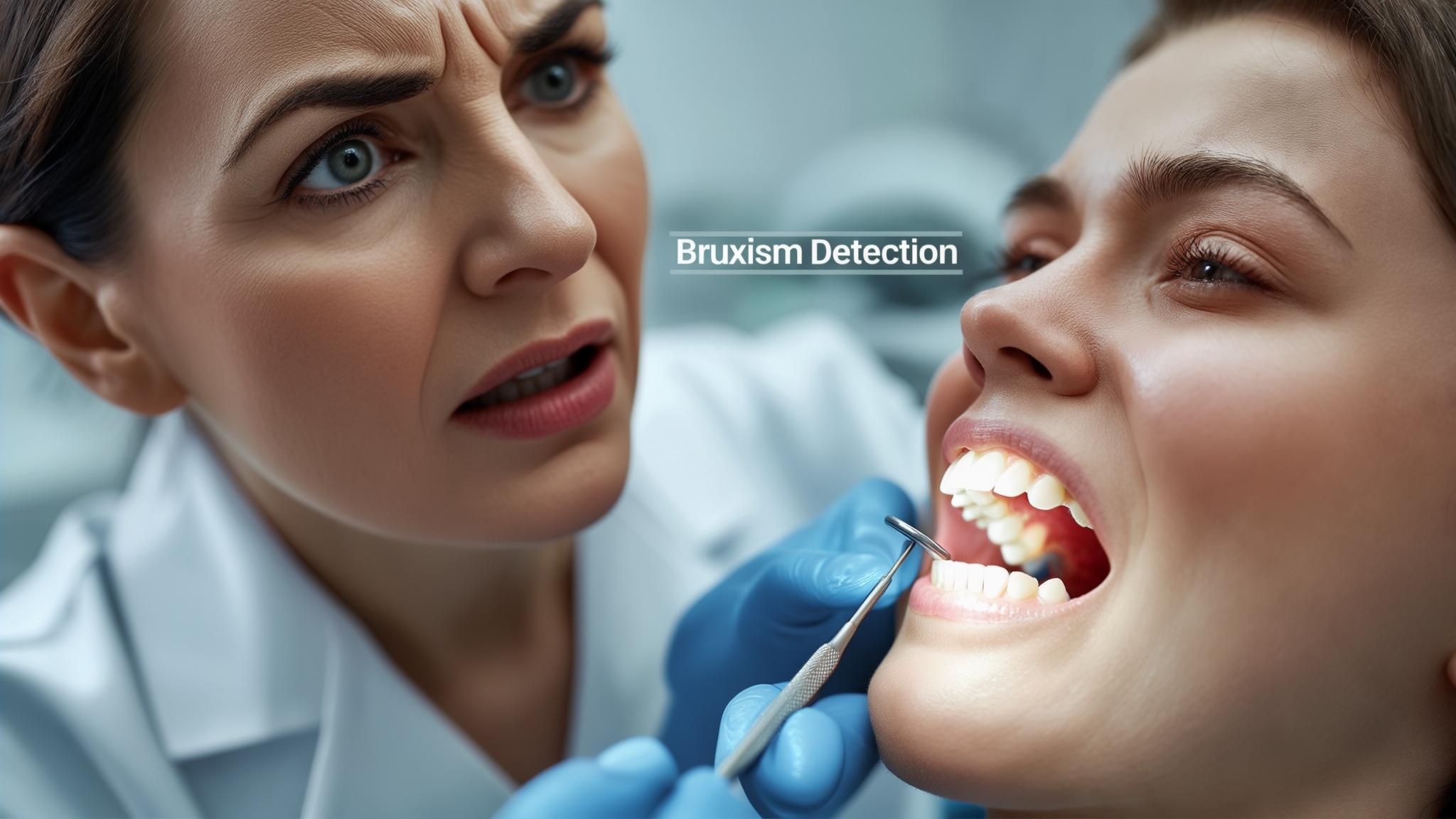Introduction
Bruxism, commonly known as teeth grinding, is an often-overlooked dental condition that can have significant impacts on oral health. Identifying bruxism during regular dental check-ups is crucial for preventing potential damage to teeth and gums. This article will guide you through understanding bruxism, recognizing its signs and symptoms, and the role of dental check-ups in its identification and management.
Understanding Bruxism
Bruxism is a condition characterized by the involuntary grinding or clenching of teeth. It can occur during sleep, known as sleep bruxism, or while awake, referred to as awake bruxism. Various factors can contribute to bruxism, including stress, anxiety, misaligned teeth, and certain lifestyle choices such as caffeine or alcohol consumption.
Bruxism is a common condition affecting a significant portion of the population. Studies suggest that about 8-10% of adults experience sleep bruxism, while awake bruxism affects approximately 20% of adults. It can affect individuals of all ages, but it is most prevalent in adults aged 25-44.
Signs and Symptoms of Bruxism
Dentists can often identify bruxism through physical signs observed during check-ups. These signs include worn enamel, which results from the constant friction of grinding, increased tooth sensitivity due to enamel loss, and cracked or chipped teeth. Gum recession may also be present, as excessive grinding can put stress on the gums.
Patients might report symptoms such as jaw pain or discomfort, which can be felt upon waking or throughout the day. Tension headaches, particularly around the temples, are common, as well as earaches or tinnitus, which is a ringing in the ears. Bruxism can also disrupt sleep patterns, leading to fatigue and decreased quality of life.
The Role of Dental Check-Ups in Identifying Bruxism
Routine dental examinations play a vital role in spotting bruxism early. Dentists use various techniques to identify signs of teeth grinding. A visual examination of the teeth and gums can reveal wear patterns and other indicators of bruxism. Dentists may also palpate the jaw muscles to detect tenderness or hypertrophy, which indicates muscle overuse.
Patient questionnaires and discussions about symptoms are crucial in diagnosing bruxism. Dentists may use X-rays to assess tooth wear and jaw alignment issues, and a bite analysis can provide insights into how your teeth come together, which might be contributing to bruxism.
Addressing Bruxism
Once bruxism is identified, several treatment options are available. Custom night guards or splints can be designed to protect teeth from grinding during sleep. Stress management techniques, such as meditation or exercise, can help reduce bruxism triggers. Behavioral therapies may also be beneficial in modifying habits associated with awake bruxism.
In cases where dental misalignment contributes to bruxism, orthodontic corrections might be necessary. Patient education is crucial; understanding the condition and communicating symptoms and concerns with your dentist can lead to better management. Lifestyle changes, such as reducing caffeine or alcohol intake, can also help alleviate bruxism.
Conclusion
Spotting bruxism during dental check-ups is essential for maintaining oral health and preventing long-term damage. Regular visits to the dentist and open communication about symptoms can lead to effective management of this condition. By staying informed and proactive, you can ensure the well-being of your oral health and overall quality of life.
References
- American Dental Association: Bruxism
- Mayo Clinic: Teeth Grinding (Bruxism)
- National Institute of Dental and Craniofacial Research: Oral Health Conditions
For more information, consult with your dentist or visit reputable dental health websites.

